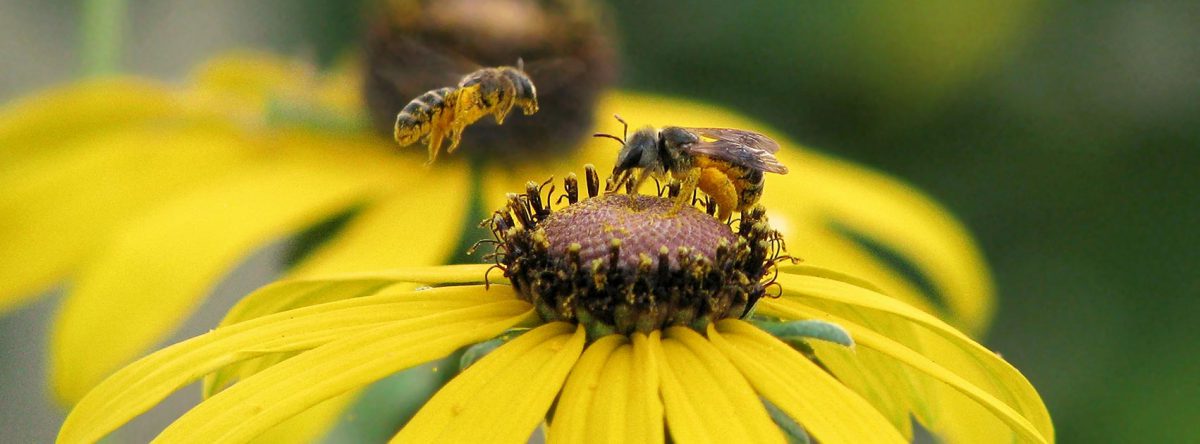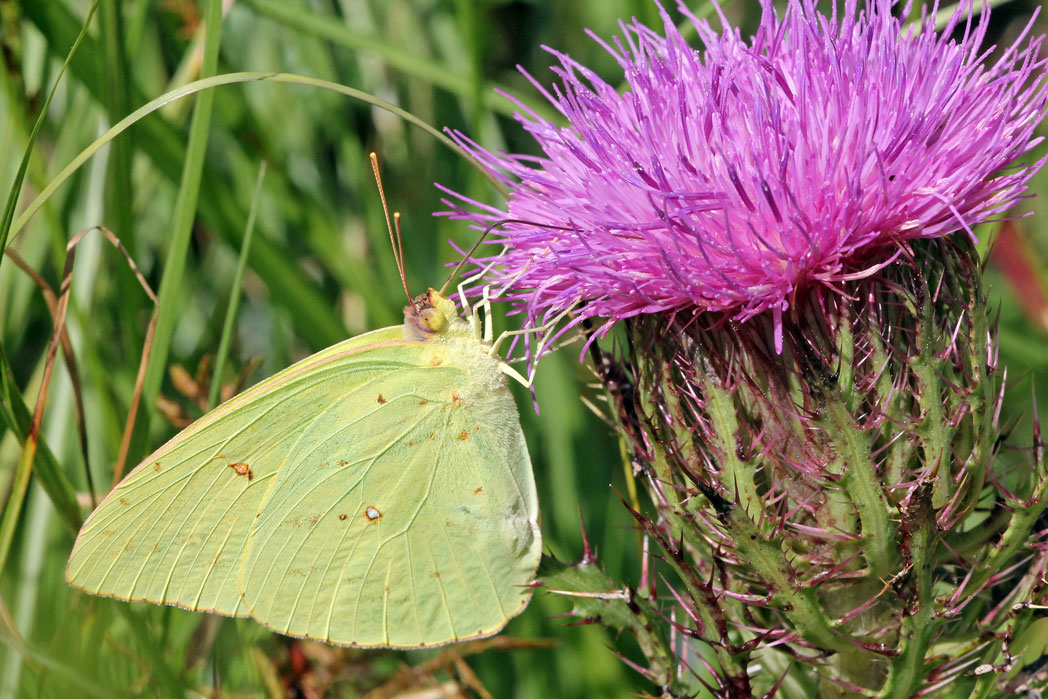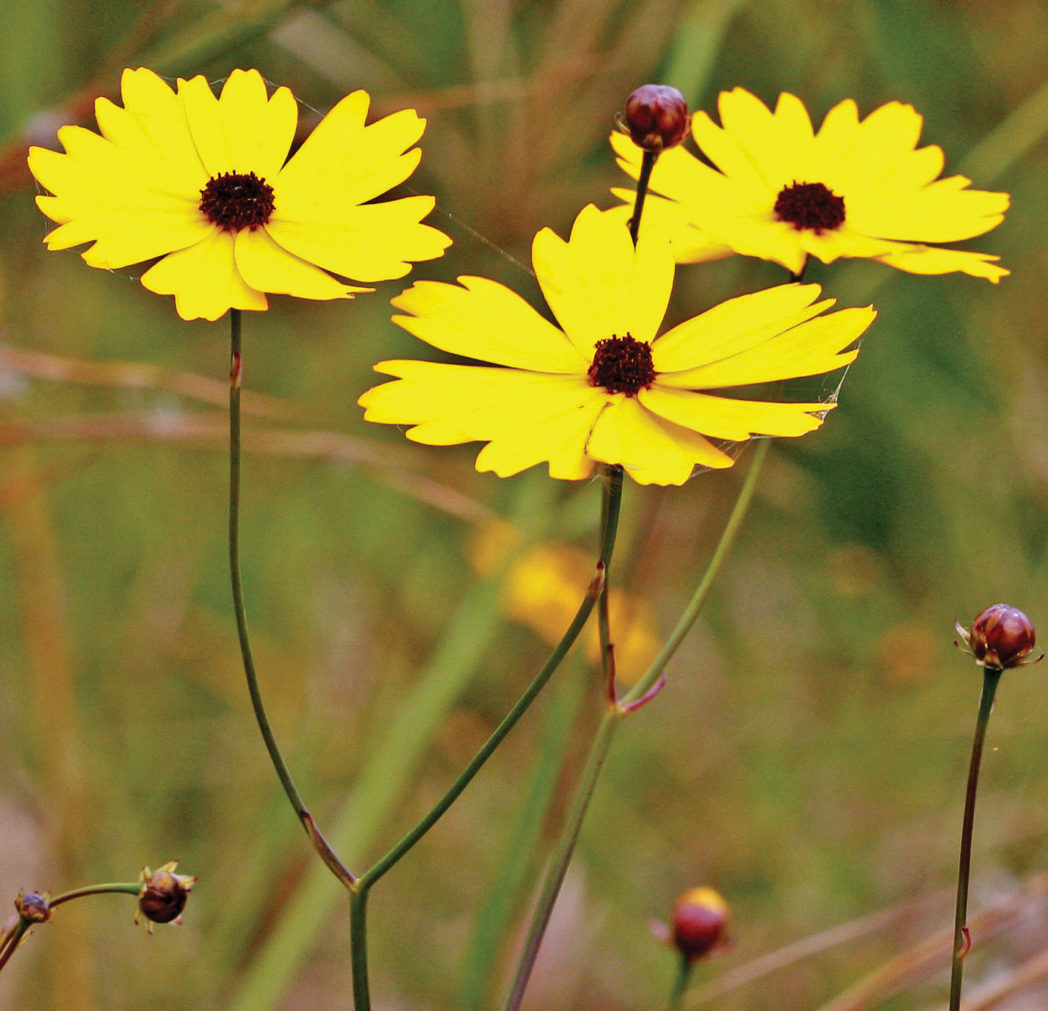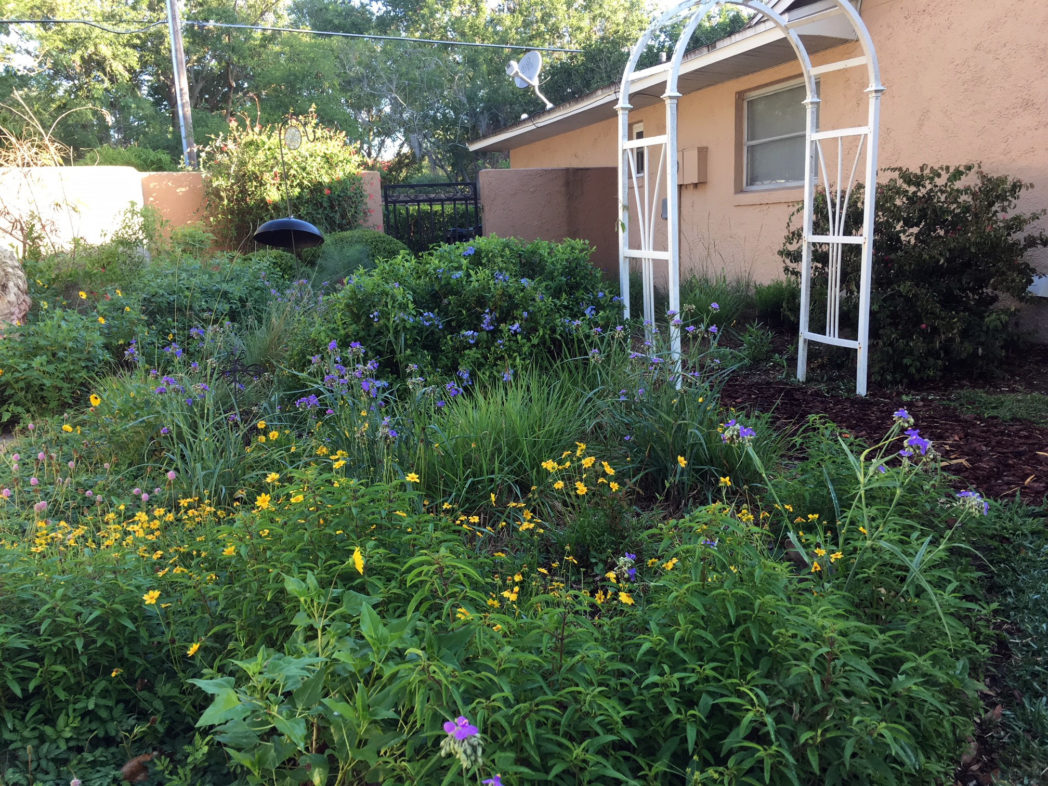Nature’s schedules

This is the third of four installments about phenology shifts being experienced in Florida and throughout the United States.
by Laura Bennett-Kimble
Think of the natural world as one big machine. Nature, like a machine, has processes that keep the system running smoothly, with events occurring logically in sequential order or concurrently. That system is called phenology.
Phenology, what one could call nature’s calendar, has a history of alignment that serves multiple species: Plants provide food sources for hungry insects when they need them, which leads to an abundance of insects when birds are seeking incredible amounts of food necessary to feed their young. Consider it “just in time” delivery.
With nearly 80% of flowering plants requiring animals – especially bees – to move pollen, the synchronized timing of plant bloom and bee emergence is critical for the success of many plant species, according to Sarah Anderson, a University of Florida Ph.D. student. That timing is threatened by climate change, however, because plants and bees respond to environmental cues independently of one another.
Such situations can create a phenology mismatch, which can lead to a dearth of insects when birds need them most, or the wrong plants growing when insects seek their traditional host plants.
“Changes in phenological events are a simple and powerful way to track the impact of climate change on the environment,” said Erin Posthumus, USA National Phenology Network (USA-NPN) outreach coordinator. “Across the globe, many seasons are shifting – spring happening earlier and fall happening later — than they did in the past. However, not all species are changing at the same rate or in the same direction.”
Florida oddity
Interestingly, Florida’s phenology changes can lead to later leaf-outs and blooming — the opposite of what’s occurring in much of the United States.
In a 2013 compilation of long-term research, USA-NPN states, “Herbarium specimens collected in Florida from 1819 to 2008 showed a delay in blooming (with a range of four to 19 days later than the beginning of the dataset). … Research has linked this delay to within-year variability in minimum temperatures, suggesting that the physiology of the examined species may be connected to changes in minimum temperatures.”
This research was led by Betsy Von Holle and published in 2010. The team focused on 41 native and 29 invasive plant species found throughout Florida’s natural areas.
The paper’s abstract states, “We argue that plants in Florida have different reproductive cues than those from more northern climates. With global change, minimum temperatures have become more variable within the temperate-subtropical zone that occurs across the peninsula and this variation is strongly associated with delayed flowering among Florida plants. Our data suggest that climate change varies by region and season and is not a simple case of species responding to consistently increasing temperatures across the region.”
Anecdotal observations
Anecdotally, Florida plants seem to be blooming earlier in the spring, not later. For example, live oaks have been spilling their allergenic pollen across Central Florida weeks earlier than in the past, turning cars green and causing many a sneezing fit. Annual Coreopsis plants sprang up and flowered weeks ahead of their usual blossom time.
Perhaps not coincidentally, neither Live oaks nor Coreopsis were included in the 2010 study. Von Holle, who is now with the National Science Foundation, hasn’t done follow-up research on her project and said it would be a good topic to explore.
“We did not necessarily look at species which people plant outside of their homes, and so I cannot speak to trends for horticultural varieties,” Von Holle said recently. “Also, the delayed flowering was correlated with variable spring temperatures. In other words, in those years when a freezing event was followed by a warm weather event, plants were found to delay flowering.”
Von Holle said these types of temperature events don’t necessarily occur every year, but a trend indicates an increase over time in Florida.
“Thus, if a homeowner has a Coreopsis plant planted outside of their home and saw it flower earlier this year — which would make sense, given that it was a very warm winter and spring — that would not necessarily be in line with longer-term trends of the past 100 years.”
Phenology and fire
In Florida, many healthy ecosystems depend on fire. But, when is the best time of year to conduct prescribed burns? Rachel Mallinger, University of Florida Department of Entomology and Nematology assistant professor, is involved with a project examining just that.
“Naturally and historically, fires occur in the lightning season during summer,” Mallinger said. “While recent studies have examined how the presence or absence of fire affects pollinators and plant-pollinator interactions, little research has been conducted on how the timing of fire affects both pollinators and flowers.”
Mallinger and team are examining how this timing affects the abundance and diversity of flowers, as well as flower phenology. The study is currently underway, and Mallinger said the goal is to have a multi-year data set that will include data from years in which burns take place and years following a burn.
“So far, we don’t have too many conclusions,” she said. “But one thing that has surprised me is how quickly vegetation emerges after a burn. We have also seen bees that nest below ground taking advantage of the bare soil created from a burn. And just the other day, I saw a bee digging her nest in a plot that had been burned within the past few weeks.”
Speaking of bees
Using data associated with bee specimens stored in natural history museums and herbaria plant specimens, Anderson is working on a project examining changes in the phenologies of a specialist bee species and its host plants by assessing shifts in the average dates of bee activity and plant bloom over the past 100 years.
“Much of what we know about changes in the phenology of plants and pollinators is based on studies focused primarily on social, generalist bees such as honeybees and bumblebees,” Anderson said. “These bees may be less negatively impacted by phenological changes than their specialist counterparts, because generalist bees are able to use a wide variety of floral resources.”
Specialized bees don’t have quite as easy time of it, according to Anderson.
“If bloom time for a species of plants advanced by one week each year, but bee emergence only advanced by one day each year or didn’t advance at all, after several years, the two species could experience a phenological mismatch where the bloom time is so far ahead of bee activity time that the two species no longer interact,” she said.
Results of Anderson’s research, which are targeted for September 2020 dissemination, could shed light on this important topic.
In Part 4 of this series, we show how you can help capture and share phenology data as a citizen scientist.



